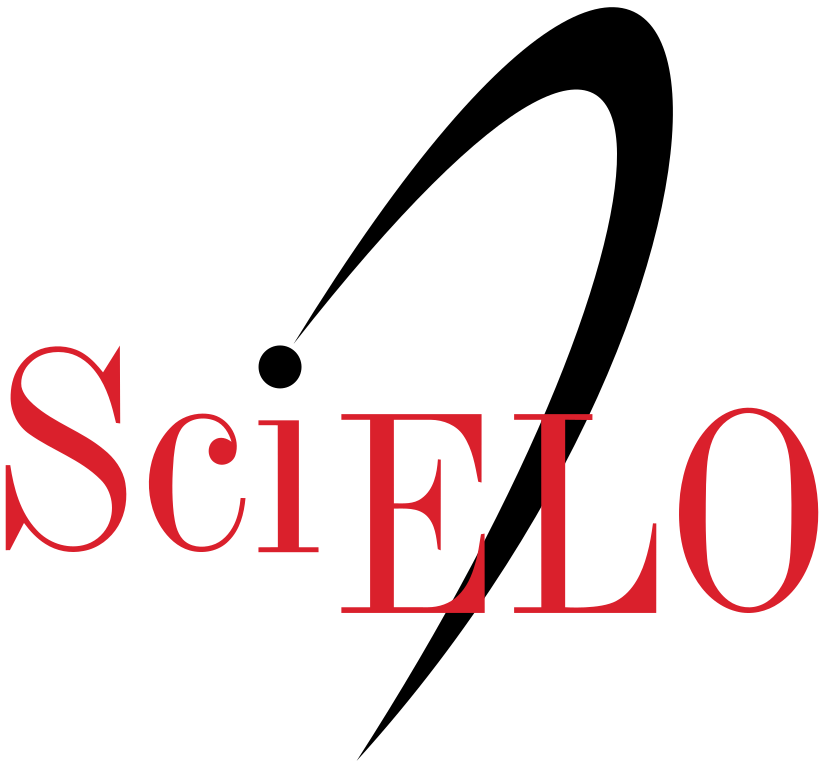Las estrategias cooperativas y colaborativas en sistemas viables: una aproximación evolutiva a la adaptación
DOI:
https://doi.org/10.14482/inde.42.02.956.214Palabras clave:
adaptación, cooperación, entorno, sistemas viablesResumen
El artículo aborda el problema de la relación entre identidad, medio ambiente y viabilidad, discutiendo la evolución de sistemas viables. Sobre una estructura lógica de análisis argumentativo, el artículo utiliza teorías cibernéticas y evolutivas para sugerir la forma en que el entorno da forma a los sistemas. Presenta la idea de que la viabilidad en los sistemas es el resultado de las fuerzas selectivas del entorno sobre la identidad. La idea de que la viabilidad en los sistemas está relacionada con la evolución no es nueva, pero este trabajo es innovador en el sentido de que presenta una relación entre la viabilidad, el medio ambiente y la identidad de los sistemas viables. El artículo tiene implicaciones en la comprensión de la viabilidad en la teoría de sistemas viables, que implica reproducibilidad, adaptación e identidad.
Citas
S. Beer, The viable system model, Chicester: Wiley, 1989.
S. Beer, Decision and Control: The meaning of operational. The meaning of operational research and management cybernetics., London.: John Wiley & Sons., 1994.
S. Beer, Brain of the firm, Devon: Wiley, 1972.
C. Darwin, The origin of species by means of natural selection: or, the preservation of favoured races in the struggle for life., Devon: J. Murray., 1885.
C. Osejo-Bucheli, “Hallazgos epistemológicos en la investigación en gestión aplicando la crítica inmanente, desde el humanismo al currículo humanista,” Revista GEON 9(1), pp. -en impresión-, 2022b. https://orcid.org/0000-0002-6712-6228
C. Osejo-Bucheli, “Theory evaluation and formulation: a reply to Ludic Theory through A.N.Whitehead´s Aesthetic Experience,” Philosophy of Management, 2022a. https://doi.org/10.1007/s40926-022-00194-4
R. Espejo, “The footprint of complexity: the embodiment of social systems,” Kybernetes, Vol. 33 No. 3/4, pp. 671-700, 2004. https://doi.org/10.1108/03684920410523643
A. Vahidi, A. Aliahmadi e E. Teimoury, “Researches status and trends of management cybernetics and viable system model,” Kybernetes,, pp. 1-33, 2018. https://doi.org/10.1108/K-11-2017-0433
J. Walker, Viable Systems Model, a guide for co-operatives and federations., ICOM, CRU, CAG and Jon Walker, 1991. https://vsmg.lrc.org.uk/screen.php?page=home
G. Dominici e F. Palumbo, “Decoding the Japanese lean production system according to a viable systems perspective,” Systemic Practice and Action Research, 26(2), pp. 153-171, 2013. https://doi.org/10.1007/s11213-012-9242-z
R. Espejo, “Organisational cybernetics as a systemic paradigm: lessons for the past - progress for the future,” Business Systems Review (ISSN 2280-3866), Special Issue – Selected Papers of the 1st Business Systems Laboratory Internationational Symsposium, Vol. 2 No. 2, pp. 1-9, 2013. https://papers.ssrn.com/sol3/papers.cfm?abstract_id=2242459
G. Bateson, Pasos hacia una ecología de la mente, Buenos Aires.: Planeta, Carlos Lohlé, 1991. p.306
R. Dawkins, The selfish gene., Oxford: Oxford University Press., 1976. Cap.XI
D. Dennett, “The evolution of culture.,” Cosmos & Culture: Cultural Evolution in a Cosmic Context., National Aeronautics and Space Administration, Office of External Relations, History Division, 2009, pp. 125-143. https://www.jstor.org/stable/27903733
L. Tyrtania, “La indeterminación entrópica: Notas sobre disipación de energía, evolución y complejidad.,” Desacatos, (28), pp. 41-68, 2008. https://doi.org/10.29340/28.521
S. Beer, “Recursion zero: metamanagement.,” Transactions of the Institute of Measurement and Control, 14(1), pp. 51-56, 1992.
R. Adams, La red de la expansión humana., México : Centro de Investigaciones y Estudios Superiores en Antropología Social Universidad Iberoamericana., 2007. p. 86.
R. Dawkins, The greatest show on earth: the evidence for evolution., London.: Free Press, 2010.
H. Maturana e F. Varela, De máquinas y seres vivos. Autopoiesis, la organización de lo vivo, Santiago de Chile: Editorial Universitaria, 1997 [1973].
W. Ashby, Introduction to Cybernetics, New York, NY.: Wiley, 1956.
R. Espejo, “Method to Study Organizations,” The Viable System Model, Chichester, Wiley, 1989.
R. Espejo, “The Viable System Model Revisited.,” The Viable System Model: Interpretations and applications of Stafford Beer's VSM., Chichester., Wiley., 1989.
R. Espejo, “Management of complexity in problem solving,” Transactions of the Institute of Measurement and Control 1992 14: 8, pp. 1-10, 1992. https://doi.org/10.1177/014233129201400103
G. Bula e R. Espejo, “Governance and inclusive democracy.,” Kybernetes Vol. 41 No. 3/4,, pp. 339-347, 2012. https://doi.org/10.1108/03684921211229442
R. Espejo, “Requirements for effective participation in self-constructed organizations.,” European Management Journal Vol. I4, No. 4,, pp. 414-422, 1996. https://doi.org/10.1016/0263-2373(96)00029-1
C. Wagner, “Improbable Big Birds. Darwin´s finches prove a mechanism for the rapid formation of new species.,” Science, pp. 157-159, 2018. https://doi.org/10.1126/science.aar4796
R. Dawkins, The extended phenotype: The long reach of the gene., Oxford: Oxford University Press., 1982. p. 59.
S. Beer, Designing freedom., House of Anansi., 1993. pp. 2, 20
Adams, Energía y estructura, Fondo de Cultura Económica, México [traducción de Energy and Structure: A Theory of Social Power, [1975]., Austin: University of Texas Press, 1983.
L. Tyrtania, “Termodinámica de la supervivencia para la sociedad humana,” La red de la expansión humana. , México, CIESAS., 2007.
P. Ortiz, A. Delgado, F. Gomez e A. Jullian-Montañez, “Los lenguajes de la complejidad.,” Sistemas alejados del equilibrio: un lenguaje para el diálogo transdisciplinario., Tlaxcala, Clave, 2013, p. 137.
R. Vanderstraeten, “Observing systems: A cybernetic perspective on system/environment relations.,” Journal for the Theory of Social Behaviour, 31(3), pp. 297-311, 2001. https://doi.org/10.1111/1468-5914.00160
S. Beer, Platform for change: A message from Stafford Beer., New York: John Whiley, 1975.
A. Espinosa, R. Harnden e J. Walker, “Beyond hierarchy: a complexity management perspective.,” Kybernetes.Vol. 36 No. 3/4, pp. 333-347, 2007. https://doi.org/10.1108/03684920710746995
A. Leonard, “Symbiosis and the viable system model,” Kybernetes, Vol. 36 Iss 5/6 , pp. 571 -582, 2007. http://dx.doi.org/10.1108/03684920710749677
G. Dominici, G. Basile e F. Palumbo, “Viable systems approach and consumer culture theory: A conceptual framework.,” Journal of Organisational Transformation & Social Change, vol. 10, nº 3, pp. 262-285, 2013. https://doi.org/10.1179/1477963313Z.00000000018
W. Ashby, “Requisite variety and its implications for the control of complex systems,” Cybernetica 1:2, pp. 83-99, 1958. https://doi.org/10.1007/978-1-4899-0718-9_28
Publicado
Cómo citar
Número
Sección
Licencia
Derechos de autor 2024 Revista Científica Ingeniería y Desarrollo

Esta obra está bajo una licencia internacional Creative Commons Atribución-NoComercial 4.0.









